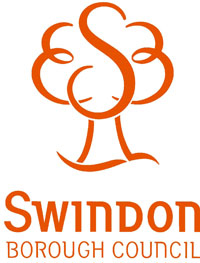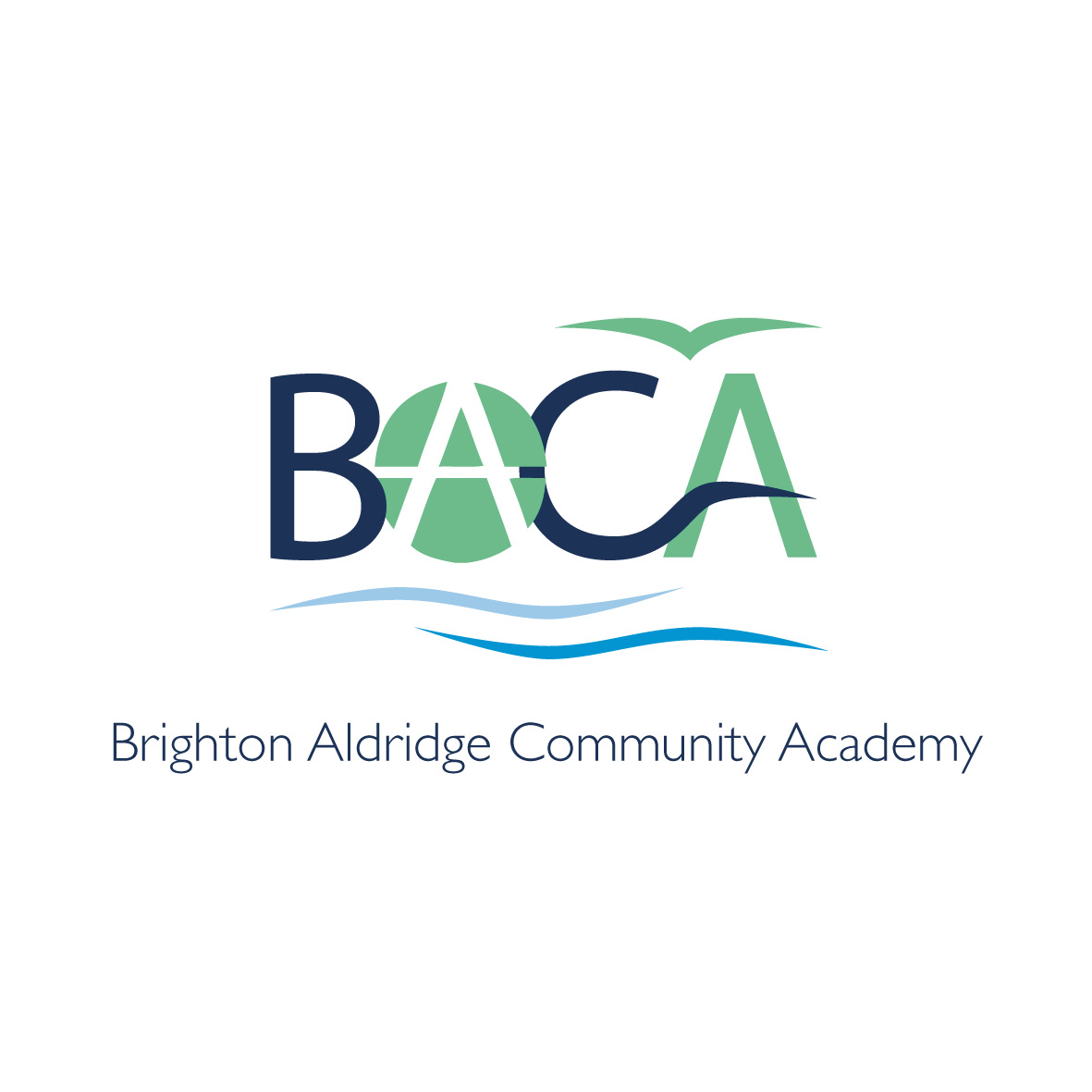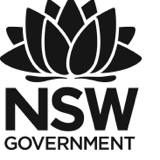Information
-
Document No.
-
Audit Title
-
Client / Site
-
Conducted on
-
Prepared by
-
Location
-
Personnel
1. 0 BUILDINGS
-
1.1 The area is clean and tidy. There are no slip, trip or fall hazards.<br>
-
1.2 There is sufficient space for each person to perform their work safely<br>
-
1.3 Floor surface are maintained in a safe condition and are suitable for the type of activity conducted.<br>
-
1.4 Walls, ceilings and roof are safe and in good condition.<br>
-
1.5 Doors, windows,locks and latches are in good condition and working order<br>
-
1.6 There is adequate ventilation.
-
1.7 Isolation values are readily accessible and clearly labeled.
-
1.8 There is adequate lighting to work safely.
-
1.9 Toilet facilities are clean and in good condition. Items are available to maintain appropriate levels of hygiene.<br>
-
1.10 Hand washing facilities are available.
2.0 ELECTRICAL
-
2.1 Electrical equipment is in good condition and tested as required by the College's electrical testing procedures.
-
2.2 All new power boards purchased will have an overload switch
-
2.3 Electrical cables/cords are kept clear of walkways etc.
-
2.4 The power Distribution Board is clean and readily accessible.
3.0 FIRE SAFETY AND EMERGENCY RESPONSE
-
3.1 Safety rules, emergency information and evacuation routes are prominently displayed.
-
3.2 The area has an audible evacuation alarm.
-
3.3 Doorways, walkways and evacuation exits are kept clear and at least 600mm wide.
-
3.4 External exit doors can be opened from the inside without a key and fire emergency exits are signed.
-
3.5 Fire control equipment is easily accessible, signed, regularly tested and of the appropriate type.
-
3.6 An approved first aid kit is readily available and stocked appropriately.
-
3.7 The kit contains extra modules for eye and burns.
-
3.8 There are recommended emergency eye wash and drenching facilities available.
4.0 FURNITURE, FIXTURES AND FITTINGS
-
4.1 All furniture is safe and in good codition.
-
4.2 Light fittings/fixtures and ceiling fans are in good condition and working order.
-
4.3 Light bulbs and tubes are guarded areas where there is a risk of damage.
-
4.4 No hanging displays are hazardous.
-
4.5 For printed circuit manufacture, etching tanks, work areas and surrounds are made of non-reactive material.
5.0 HAZARDOUS SUBSTANCES
-
5.1 Current (within 5 years) material safety data sheets are readily available for hazardous substances
-
5.2 Hazardous substances are stored and labeled appropriately.
-
5.3 Spill control systems are in place i.e earths bunds, absorbing material etc.
-
5.4 Banned substances or timbers are not present.
-
5.5 Appropriate washing/dousing facilities are available in the event of an accident with chemcials.
6.0 MANAGEMENT PROCEDURES
-
6.1 Safe operating procedures are displayed with all potentially hazardous equipment.
-
6.2 Required personal protective equipment is available and in good condition.
7.0 PLANT
-
7.1 Manuals are available for operating equipment and machinery.
-
7.2 A maintenance register is in place for all equipment and machinery that requires regular maintenance.
-
7.3 The moving parts of all machinery and equipment are guarded in accordance with Plant Code of Practice.
-
7.4 All machines are fitted with appropriate safety signs and SOPs.
-
7.5 Emergency stop devices are readily accessible on all machines that require such a device,, as determined by risk assessment and WHSQ requirements.
-
7.6 There is no machinery and equipment that is hazardous due to noise, fumes or other factors? (i.e 85dBA for eight hours)
-
7.7 Dust extraction systems are fitted and working efficiently where required.
-
7.8 The dust extraction system has an operational inspection point at any place where a blockage is likely to accumulate.
-
7.9 A fume extraction system is in place where required e.g. plastics, spray painting, photography, welding etc.
-
7.10 machines have clearly marked (with 50mm wide sunflower yellow) safe boundary areas (generally 600mm).
-
7.11 There is specifically designed equipment provided to lift motors. It is in good condition.
8.0 SPRAY PAINTING
-
8.1 When spray painting or air brush painting is carried out, approved spray booths are used.
-
8.2 Spray painting booths are located away from possible source of ignition. Lights are switches are spark proff
9.0 STORAGE
-
9.1 Storage areas can be secured to prevent unwanted access.
-
9.2 Flammable material is stored and handled in a safe manner.
-
7.3 Required resources and equipment are stored safely.
-
7.4 Free standing shelves and cupboards are secured to ensure stability.
-
7.5 Waste containers are readily available and are labeled appropriately where necessary.
10.0 WELDING AND SOLDERING
-
10. 1 There is a separate storage area for full and empty gas cylinders.
-
10.2 All gas cylinders are stored in an upright position and chained to a wall or stand.
-
10.3 Where applicable, manifolds are located and guarded to protect them from damage.
-
10.4 Operating instructions are displayed for safe operation of gas supply manifolds.
-
10.5 Appropriate gloves, welding glasses/shields and aprons are available for welding. (AS/NZS 2161.4 Occupational Protective Gloves Pt 4:Protection against thermal risks)
-
10.6 All electric welding tables are insulated from the metal floor and/or the operator is insulated from the floor by rubber matting or duck boards.
-
10.7 All arc-welding bays are adequately screened from flash.
-
10.8 The electronics soldering area has good ventilation and fume extraction.
11.0 GENERAL
-
11.1 Other hazards such as sharps, glare, noise, fumes, waste or vermin have been identified.
12.0 OTHER ISSUES
-
12.1 Other issues
Safety Audit completed
-
Add signature
-
Select date











